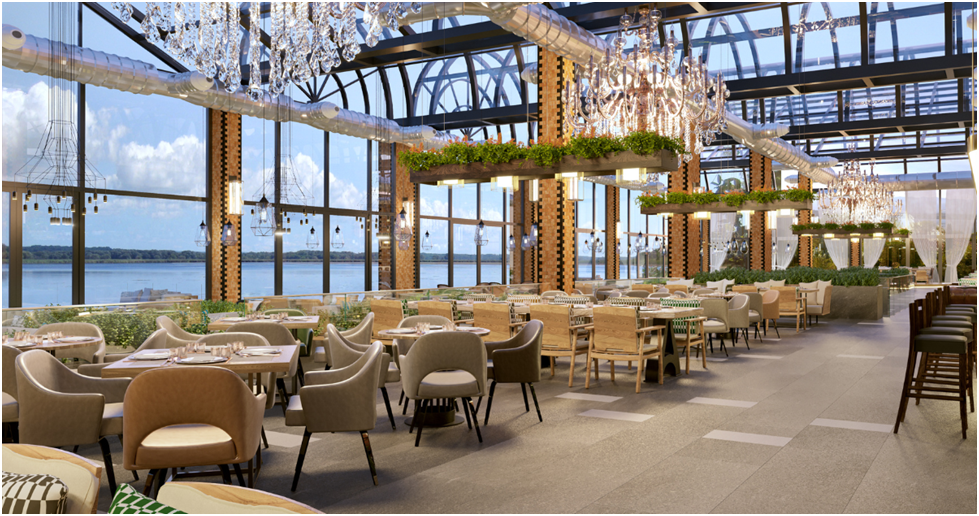In restaurant design, furniture serves a purpose greater than providing guests with a place to sit—it establishes tone, complements mood, and elevates the overall experience. Custom furniture allows restaurant owners to make every detail consistent with their brand, from colors and materials to size and functionality. However, how do you ensure that your custom furniture goes with the flow of your restaurant? Here are some key design tips to create a cohesive and memorable setting.
Define Your Theme Clearly: You need to have a definite theme before you choose furniture. The theme should inform every design choice, from rustic to modern elegance, industrial to vintage. If you collaborate with other brands, identify your target audience and create the mood you want to establish and what your brand stands for the most. A strong theme will guide you in choosing the right pieces of furniture.
Choose the Right Materials: Materials are a key language in communicating your theme:
- Rustic: Choose reclaimed wood, distressed finishes, and rough textures.
- Industrial: Imagery of metal frameworks, concrete accents, and exposed hardware.
- Modern/Minimalist: Opt for sleek finishes, glass, or powder-coated steel.
- Classic/Elegant: Think rich woods, velvet or leather upholstery, and polished brass accents.
With custom furniture, you can find ways to combine materials that work perfectly for your concept.
Coordinate Color Palettes: The influence of color on mood and perception Opt for colors that complement your interior scheme:
- Earth tones are appropriate for natural, farm-to-table themes.
- Eyeball-searing primary colors enliven fast-casual spaces.
- Rich colors such as navy or burgundy make the space feel luxurious.
- You can still add bursts of brand colors to neutral palettes.
Using furniture fabric or wood stains that include your brand’s color palette reinforces your visual identity.
Prioritize Function Without Sacrificing Style: Bespoke furniture should be good looking but it needs to work, too. Consider:
- Space optimization: Built-in seating or modular furniture is good in small spaces.
- Comfort: Upholstery, backrests, and ergonomic design are critical to maintaining your guests’ comfort.
- Durability: Opt for commercial-grade materials that can withstand daily use.
Every chair, booth, or table you design should remain true to your vision but also be specific to your customers’ comfort and your staff’s workflow.
Integrate Branding Subtly: Your custom furniture may incorporate several subtle branding elements, such as:
- Logos laser-etched into tables’ edges or chairs.
- Upholstery patterns in your pattern.
- Signature design elements that resonate with your brand story (like nautical rope details at a seafood restaurant).
- Little touches like these establish brand awareness without being off-putting.
Create Visual Flow Across the Space: Consistency is key. Furniture must unify disparate parts of the restaurant, such as the dining room, bar, waiting lounge, or outdoor patio. Even if the pieces are not the same, they should echo similar elements (materials, shapes, finishes) to maintain visual consistency.
Work with a Custom Furniture Expert: Contact a reputable designer or a good furniture maker to make it a reality. They can recommend materials, finishes, and layouts appropriate to your theme and fit your budget. If you’re working with a contractor, seek one who has done many commercial projects and understands the needs of restaurant spaces.
Final Thoughts
Pairing your custom furniture with your restaurant’s theme isn’t just about looks—it’s about creating an experience that will keep the guests vibrating and returning. In other words, make sure every aspect of design is in sync with your brand. That way, you get a harmonized space where space, comfort, and design meet.
At ForRestaurants, every restaurant deserves a design with a story behind it. Customize it with furniture that makes your vision a reality.

